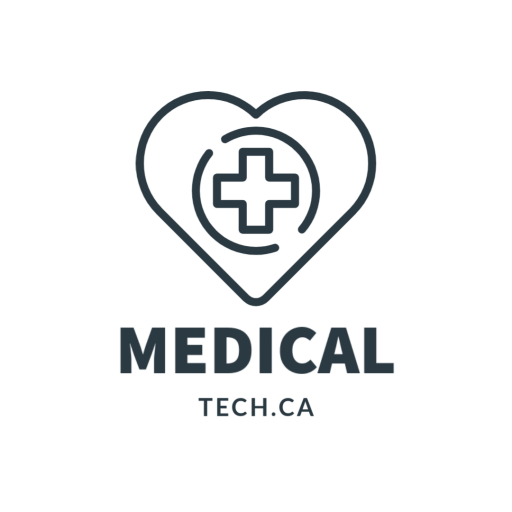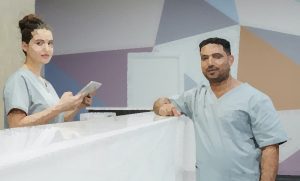
by medicaltechont | May 10, 2014 | Healthcare, Toronto
Here’s my simple plan for getting doctors’ bills under control. Patients should get annual statements from OHIP.
That’s right.
What other service do you pay for but don’t ever see the bill? We go to our doctor. They bill OHIP. We have no idea how much they’ve billed on our behalf. Oh, I’m sure 99% of doctors are legitimately billing patients for services they’ve delivered. But it’s that 1% that niggles. Patients never get to see the what doctors are billing. Not only that, we’ve no idea how much we’re paying for hospital services or trips to walk-in clinics. We don’t value something when we don’t know how much it costs.
And how do we know we’re getting good value for our dollars when we don’t even know the cost of the service?
Read more.
by medicaltechont | Apr 27, 2012 | eHealth, Ontario
A Toronto conference on health informatics hears experts tout the use of information technology to improve patient outcomes
Enterprises aren’t the only organizations that suffer from silos of data. So does the medical community, a Toronto health informatics conference has been told.
Dr. Bruce Friedman, professor emeritus of pathology at the University of Michigan medical school, said that for too long pathologists– who look at patient tissues through microscopes, and radiologists – who look at x-rays – have operated as separate, sometimes undigitized disciplines.
Their reports go separately to clinicians, who have to make a diagnosis.
But, Friedman said, it’s time, to bring the disciplines together through information technology to create a single “super diagnosis” to make it easier for doctors.
His speech on Thursday at the opening of the two-day Advances in Health Informatics Conference was one of a number of presentations by doctors and researchers on how IT can improve patient outcomes.
The conference led off with former Canadian astronaut Dr. Dave Williams, now chief executive officer and assistant professor of surgery at Ontario’s Southlake Regional Health Centre, saying health informatics “is truly the disruptive, revolutionary change that will change the way we deliver health care.”
Read more
by medicaltechont | Mar 25, 2010 | Healthcare, Ontario MD, Technology
By Anne-Marie Tobin (CP) – Mar 24, 2010
TORONTO — As Donna Hammill-Chalk undergoes treatment for breast cancer, she can log onto the website at Sunnybrook Health Sciences Centre in Toronto, type in a username and secure password, and gain access to her medical records.
In Prince Edward Island, her mother, who was diagnosed with breast cancer in December, doesn’t have electronic records – but if they existed, it would be easier for her to share updates on her condition and treatment with her four grown children living in different parts of the world.
“Cancer – you lose all control and you can get some control back by having access to your information,” Hammill-Chalk said in an interview Wednesday from her home in Markham, Ont., where she is recovering from a mastectomy.
“I think in this day and age, patients need to take ownership and accountability for managing their own care. And you can’t do that if you don’t have the information.”
She tells her story in a report card on cancer, released by the Cancer Advocacy Coalition of Canada. The report also calls for more funding for cancer drugs, bans everywhere on smoking in cars with kids and more genetic testing so treatments can be targeted to those who will benefit.
Dr. Pierre Major, chair of the report card committee, said the electronic records system at Sunnybrook, known at MyChart, is the only one he’s aware of that’s available to cancer patients in Canada.
Physicians there have told him they’re happy with it, he said.
“It’s great because patients look up in their chart what the results are, and it saves phone calls. The patients are happy because they can access their results or even change their appointments.”
It’s something that Marlene Nicholson, who lives in Bedford, N.S., can only wish for as she helps her mother navigate the health-care system. She’s Hammill-Chalk’s sister, and has made the three-hour drive to Lower Freetown, P.E.I., on numerous occasions in recent months to support their 69-year-old mom, Margaret Hammill, during her medical appointments.
With one sister in Ontario, another in Bahrain, and a brother in California, she has to relay a lot of information, Nicholson said.
“When the siblings are at a distance, yes, it would be great to be able to just say ‘OK, go here’ or ‘Mom has a password’ or whatever it takes, or if we could send a file … everybody can have access to it.”
Read More


